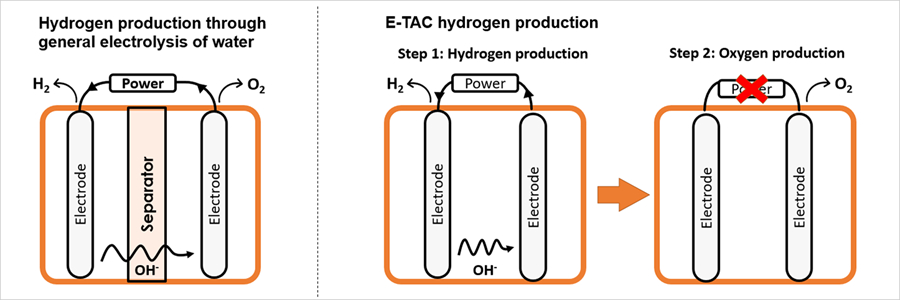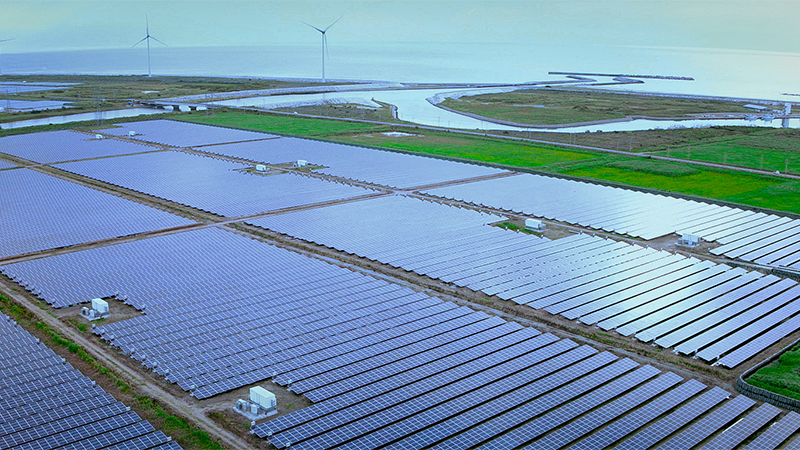Mar. 09, 2023
Expanding Green Hydrogen globally~Collaboration with H2Pro, an Israeli green hydrogen developing startup
Utilizing strengths of the Sumitomo Corporation Group to implement green hydrogen
Sumitomo Corporation has signed a memorandum of understanding (the "MOU") with H2Pro, an Israeli green hydrogen production technology company, to jointly work towards the commercial production of green hydrogen. H2Pro, an Israeli startup emerged from Technion-Israel Institute of Technology, has expanded its business since its establishment in 2019 and has successfully produced 10 kilograms/day of green hydrogen in 2022. Going forward, H2Pro plans to conduct a demonstration experiment of 200 kg/day green hydrogen production in Israel during 2023, in collaboration with Israeli petrochemical and renewable energy companies. By 2024, H2Pro aims commercial production of around 10 tons/day of green hydrogen in Europe and the Middle East. Sumitomo Corporation will support H2Pro's demonstration experiment in Israel and the expansion of H2Pro products globally, in order to together achieve the milestone production of hundreds of tons/day of green hydrogen in the late 2020s. In addition, Sumitomo Corporation will supply H2Pro with various parts necessary for equipment production by utilizing its various business relationships. Sumitomo Corporation and H2Pro will also consider joint manufacturing of green hydrogen production equipment in the future.
H2Pro's technological capabilities to enable low-cost green hydrogen production
Hydrogen is expected to be a key energy to realize decarbonized society as it does not emit carbon dioxide during its usage, along with other merits such as storage and transportation. However, current commercial hydrogen production uses low-cost fossil fuels such as coal and natural gas, which emit carbon dioxide during the production. Water electrolysis is an alternative method that does not emit carbon dioxide during hydrogen production, but its high production and operating costs are preventing commercial production.
H2Pro has developed a new water electrolysis for hydrogen production, the "E-TAC" (*1). In conventional water electrolysis, oxygen and hydrogen are generated at the same time, hence it is necessary to prevent them from mixing together. The conventional method to prevent the mixture uses a sequestration membrane (*2), which requires precious metals, resulting in high costs. In order to solve this problem, H2Pro has developed "E-TAC," a technology that uses electrodes to generate oxygen and hydrogen separately, eliminating the need for of membrane and greatly improving electrolysis efficiency. In addition, the structure of the "E-TAC" equipment is simpler and more efficient than existing ones, enabling hydrogen production at a lower cost by reducing the cost of production equipment and increasing water energy efficiency.


Sumitomo Corporation's challenge to realize a decarbonized society
Sumitomo Corporation has been investing in innovative startup companies and business models for over 20 years globally, starting with Presidio Ventures in the United States, established in 1998 and has been initiating business creation activities through collaboration with portfolio companies. In 2019, Sumitomo Corporation established a venture capital arm in Israel, IN Venture, and invested in H2Pro in 2020. Since the investment, Sumitomo Corporation Group and H2Pro have been working closely, resulting in the conclusion of the "MOU". In other regions, Sumitomo Corporation takes part in the world's first pilot project for sustainable fuel production using photocatalytic technology in collaboration with Syzygy, a U.S. startup company that is invested through Sumitomo Corporation of Americas.
Sumitomo Corporation believes that hydrogen is one of the most important energy sources in the future and will continue to take on the challenge of building a decarbonized society through collaborations with startup companies and their innovative technology.
- E-TAC: Electrochemical, Thermally Activated Chemical
- Sequestration membrane: A thin sheet of material used to prevent the mixing of oxygen and hydrogen as they are simultaneously produced during ordinary water electrolysis



